You’ve probably been wondering about Cass.
“She has been nothing but a complete surprise,” says Mike emphatically when I ask him about her track. “Hers is arguably one of the most unanticipated tracks in the history of our program.”
What you should know is that Mike sounds genuinely amazed as he relates this information. One of the joys of collaborating with him is his endless supply of fresh enthusiasm about sea turtles—and particularly about individual leatherbacks.
He pulls up Cass’s map on his computer.
“I’ve never seen a mature female turtle hang off Trinidad for several weeks and then not proceed to nest in the immediate vicinity,” he says. “And then she really surprised us!” he looks up. “Not only did she enter the Gulf of Paria, which is the relatively shallow body of water between Venezuela and Trinidad, but then she just kept going through it. And then she went west on a relatively straight track through the Caribbean Sea until she practically ran into St. Kitt’s and Nevis.”
He zooms in on Cass’s track further, musing a bit.
“We’ve linked turtles from Canada to St. Kitt’s in the past, including last year, so that got us excited thinking she might nest there. But, no! She didn’t spend any time there, and now she’s been swimming northwest along the Antilles.”
Leatherbacks don’t nest every year. The years that they don’t nest are called their “inter-nesting” years. I suggested that Cass might be an inter-nesting turtle.
“If she were inter-nesting, we’d expect her to be way north by now—think of Carol,” Mike says referring to a “Canadian” turtle that he satellite tagged in collaboration with the St. Croix Sea Turtle Project. Carol is in an inter-nesting year and is already as far north as New Jersey.
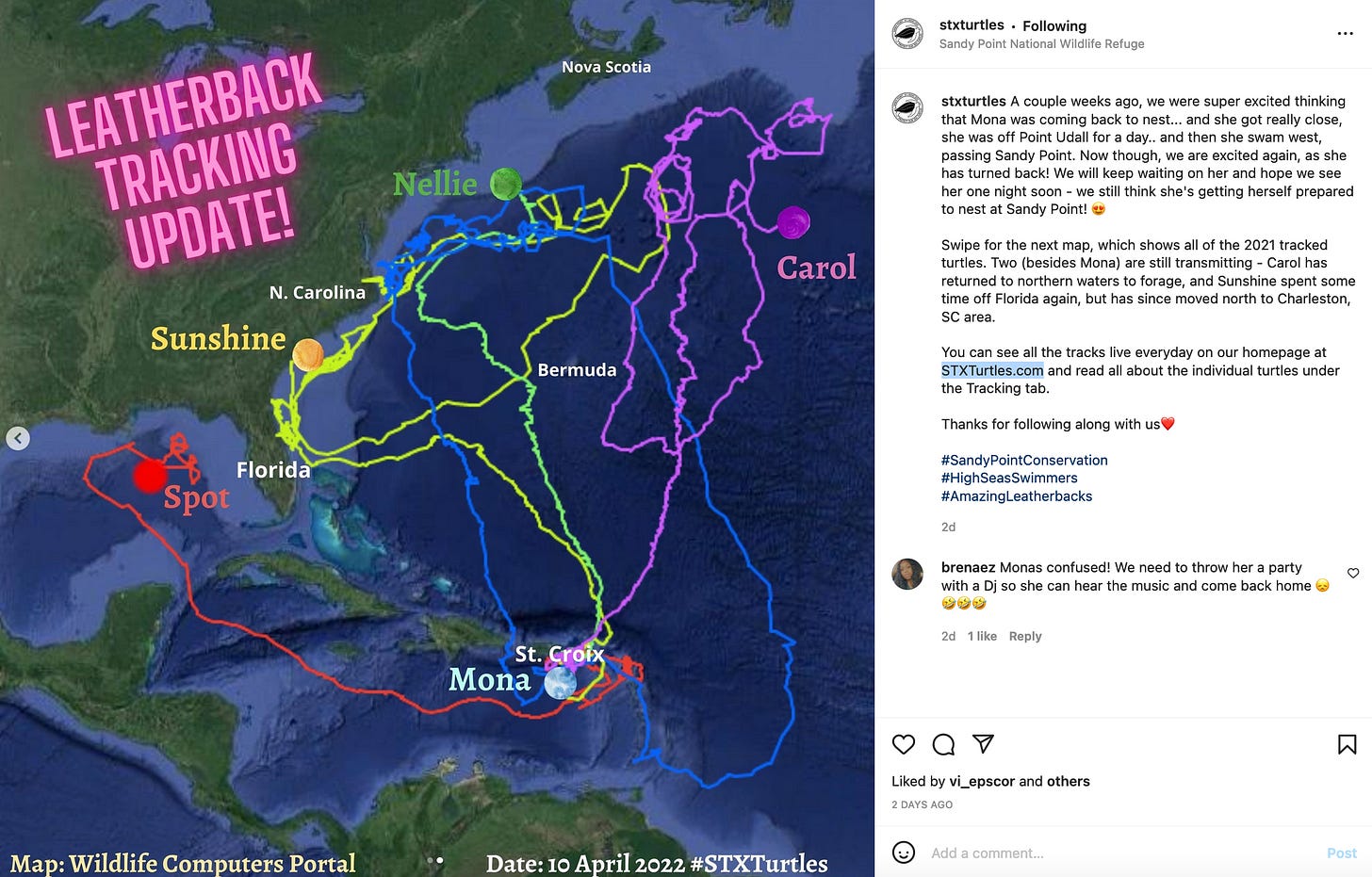
“No, Cass has wandered around coastal habitats and known nesting centres, including the largest nesting centre remaining in the Atlantic, which is Trinidad, and she hasn’t nested yet. Her nearshore behaviour in Trinidad made us suspect she had mated and her behaviour is consistent with the pre-nesting behaviour of females—except that they normally nest in the region where the mating occurred.
“She’s now travelled over 1,200 km from Trinidad and still hasn’t laid a nest anywhere. I mean,” he pauses for a second, “there is always Anguilla. But Anguilla only has one or two leatherbacks nesting a year. We have captured a turtle with Anguilla tags in Canada before. But the probability of Cass going to a small colony is just low.”
Mike considers the map on his screen again.
“The next several days will be telling in terms of what her intentions might be. She’s moving fast—in the last little while she’s been at a sustained speed of about 3 km/hr. If she continues to proceed north outside of the Antilles chain, we can guess that she’s inter-nesting and heading back up to northern waters for another foraging season. But,” he says, “that would leave us wondering why a turtle would expend so much energy and head into those nesting areas and be seasonally resident off a couple of them…and not nest.”
I could see his thoughts darting along this possibility.
And then, “She’s a curious one.”
Stay tuned.

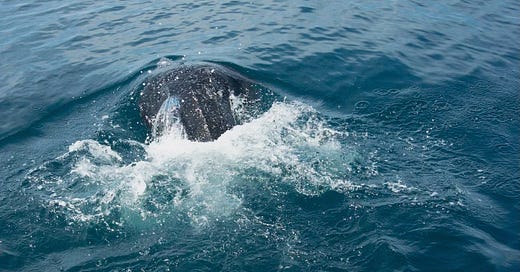


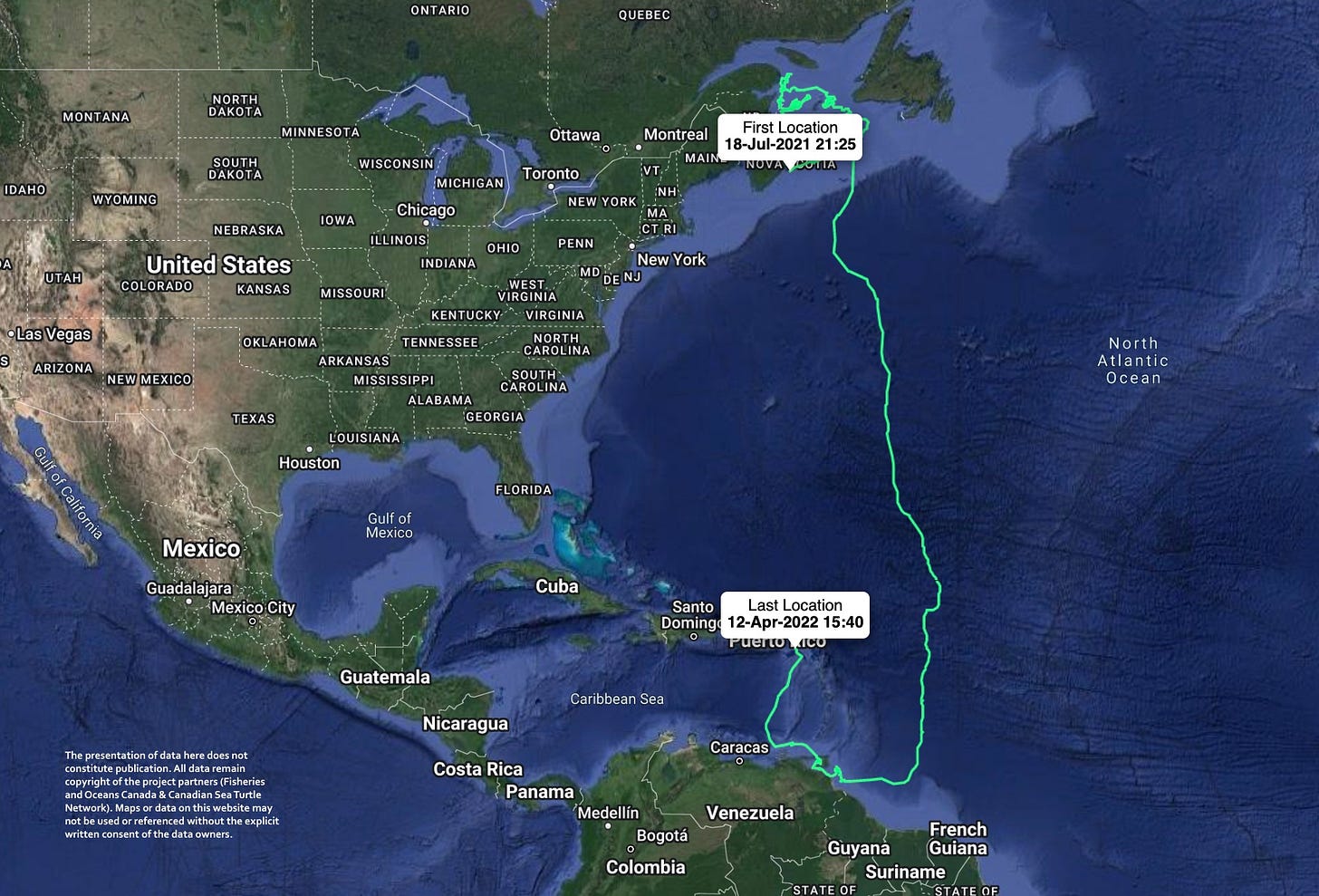
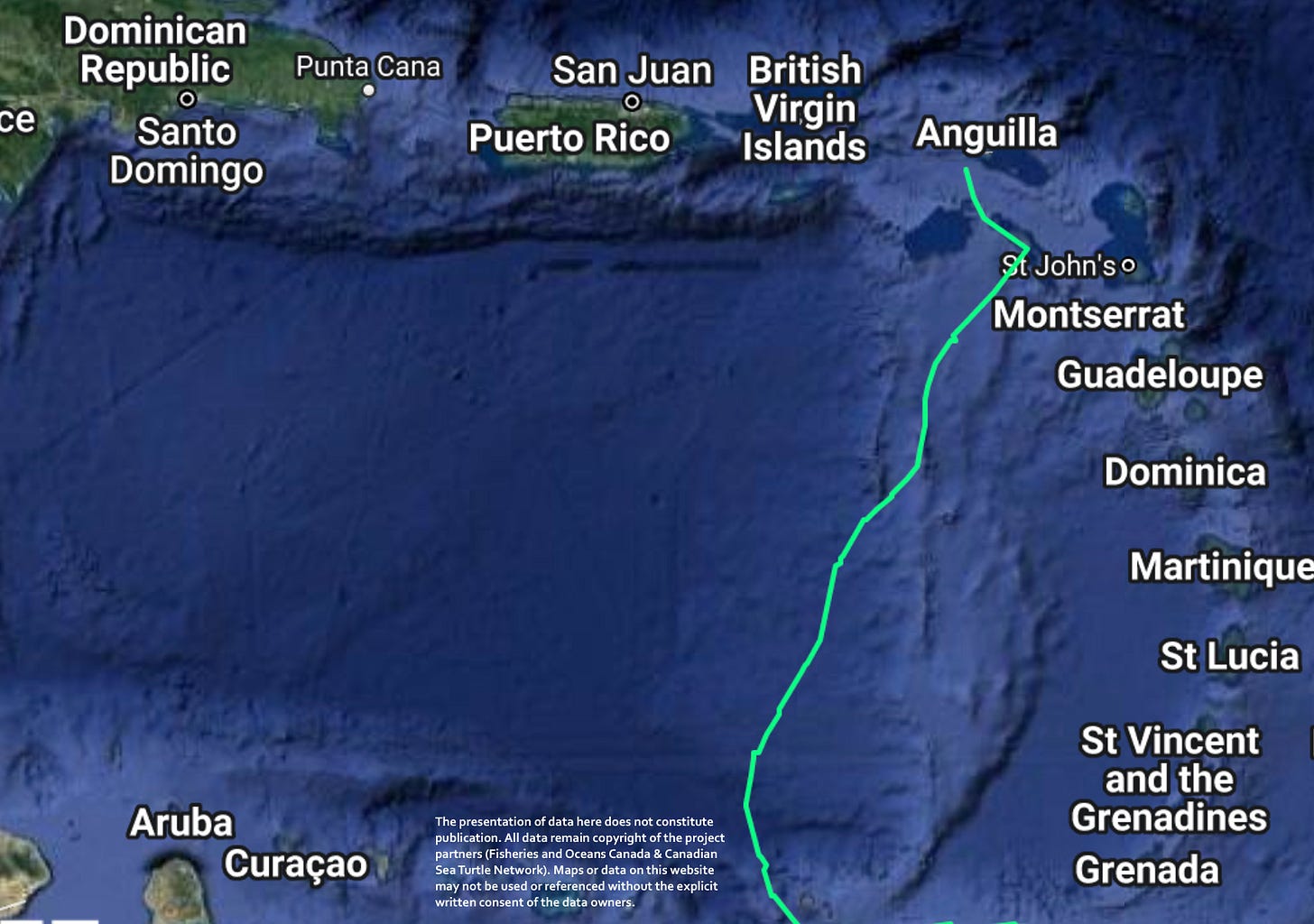
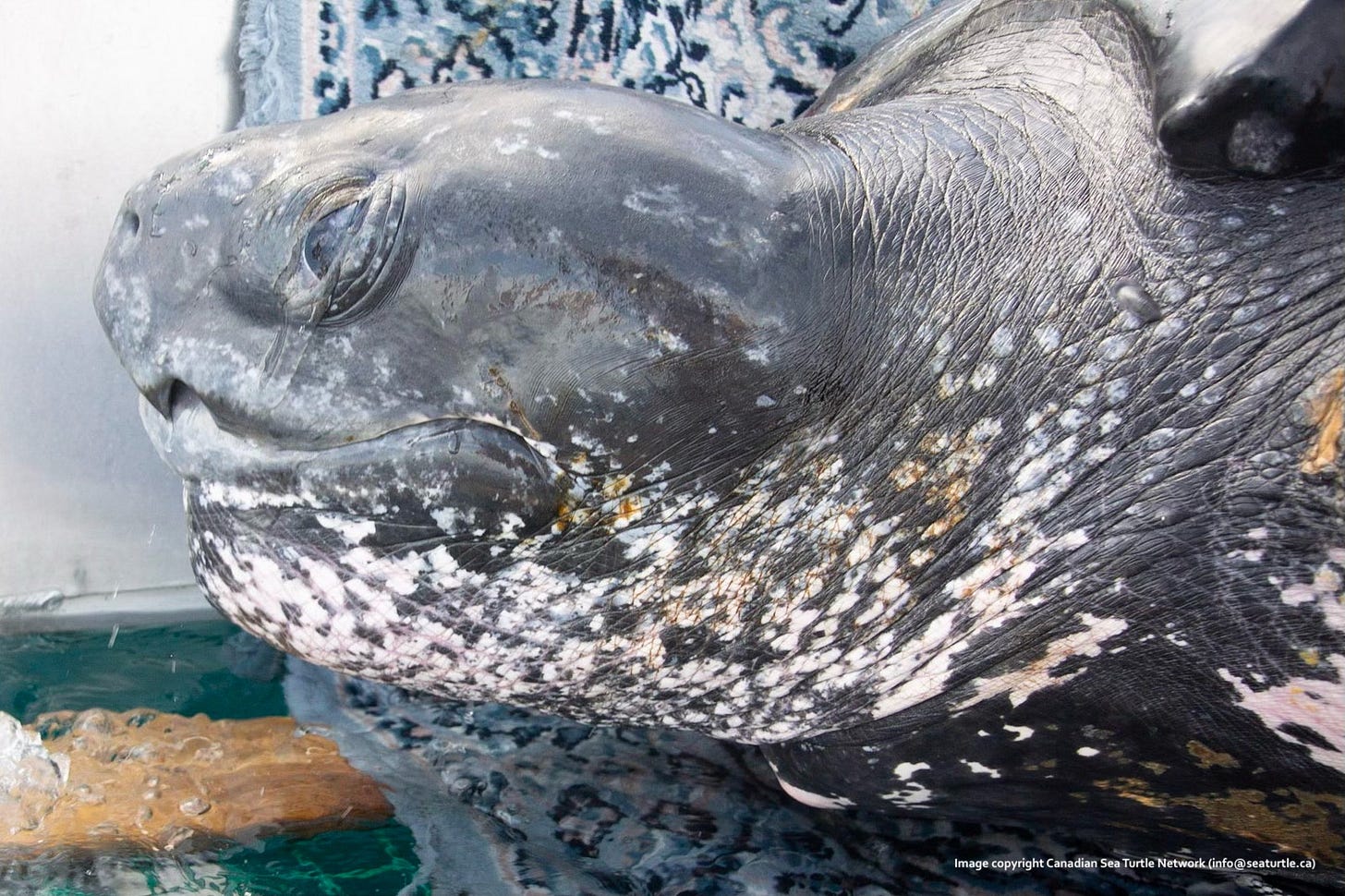

This is reading like a mystery story. Can’t wait for the next instalment.